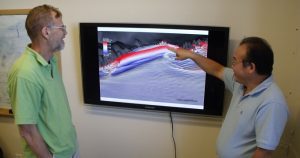
UGA Marine Extension and Georgia Sea Grant Prepare Communities for Hurricanes
University of Georgia Marine Extension and Georgia Sea Grant is working with researchers from the National Center for Atmospheric Research to better understand how to communicate hurricane risks so that the public will take necessary precautions before a storm.















